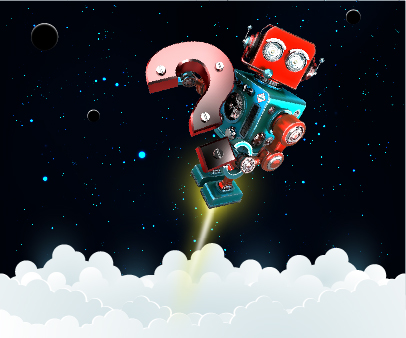What happened?
On June 22nd and 24th the Bay of Plenty joined the 'space race' and achieved a New Zealand first when three sub-orbital helium space weather balloons were launched from Tauranga and ascended to the edge of space to gather critical scientific data on earth's cosmic ray environment.


Three sub-orbital helium balloons were deployed 35km into the stratosphere to explore the near-space environment and gather scientific data to compare with other flights already conducted around the world. The balloons carried payloads focused on three kinds of research; Monitoring cosmic rays in the atmosphere, stress testing microbes and developing a biological radiation sensor. After the launchs in Ohaupo and Kawhia the helium filled weather space balloons ascended to the stratosphere, and collected data before popping and descending via parachute. The entire expedition was recorded by on-board video cameras and GPS tracking devices on the payload which allowed the recovery teams to locate the payload and gathered data after they landed back on earth, in the Western Bay of Plenty region.

A triple balloon launch took place on June 22nd and 24th from launch sites in the Waikao and King Country. Launch Program
- Launch 1 & 2: Friday 22 June
- Launch 3: Sunday 24 June

This balloon flights are part of an international project, where data isbe collected and combined to give a global picture of what is happening in our stratosphere and how the increase in cosmic radiation may be affecting all our lives right now and in the future. How does the overall increase affect us? Cosmic rays penetrate commercial airlines, dosing passengers and flight crews enough that pilots are classified as occupational radiation workers. Some research suggests that cosmic rays can seed clouds and trigger lightning, potentially altering weather and climate.

Led by US astronomer and science writer Dr. Tony Philips from spaceweather.com, a 13 strong party of teachers and students from the Earth to Sky Calculus Group will arrived in the Bay of Plenty on June 2oth. The Earth to Sky Calculus Group has launched over 150 research-grade balloons and students of the Earth to Sky Calculus are widely recognised as leading experts in this type of exploration. Even NASA has visited the group's launch site near Bishop, California to observe and learn from their procedures.
Fun FactsQ & A
Who areEarth to Sky Calculus?

 .
.


